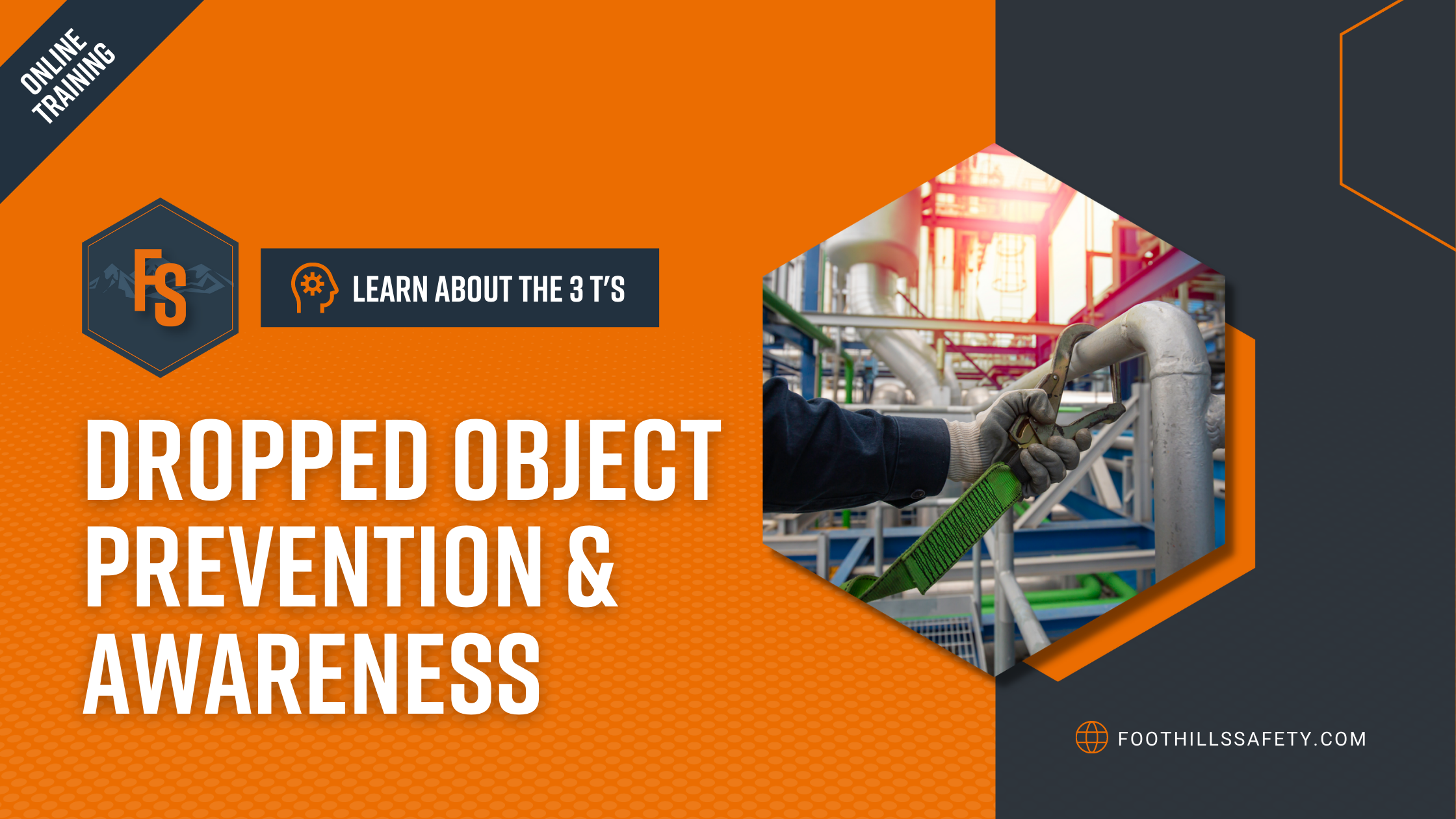Dropped Object Prevention and Awareness
There are many elements of workplace safety for any factory, construction company, or trades-oriented business to attend to. However, one of the most easily preventable problems is also the one that causes the most injuries each year. OSHA reports that in the US alone, 140 people are struck by a falling object each day. Each year, hundreds of people die due to collision with a dropped object and many more suffer serious injuries. However, we can cut this number down by understanding the fundamentals of dropped object prevention.
The importance of Dropped Object Prevention
The most powerful statistic surrounding the value of dropped object prevention is the 50,000 people each year who get struck by a falling object. However, this is far from the only factor to consider. Even when dropped objects don’t hurt anyone, the tools still receive damage and the job site experiences a considerable loss of productivity. Descending to the location where the tool fell takes time, and matters are even worse if it falls into an inaccessible area. Dropping an object into machinery could cause thousands or tens of thousands of dollars in damage as well. The best way to combat all of these dangers is by understanding the 3 T’s of dropped object prevention.
the Three T's: Trapping, Tethering & Topping
Trapping
Of the three T’s of dropped object prevention, trapping is often the last resort. It consists of custom modifications that don’t utilize inherent parts of a tool. While purpose-built trapping attachments are widely available, their use is partly up to the discretion of each business. Since they add extra weight to a tool and are often meant to serve a multipurpose role, trapping is most suitable for lighter equipment as it would overburden workers carrying heavy equipment. Trapping isn’t always suitable but should be considered as an alternative when tethering and topping seem unsuitable.
Tethering
Tethering makes use of the attachment points that many tools come with to provide security against a drop. For instance, a worker might wear a lanyard on their wrist which they’ve secured to an attachment point on a hammer or drill. Besides standard lanyards, there are many purpose-built types of lanyards that are better suited to the construction environment. For instance, a retractable lanyard will keep equipment secured closer to the worker’s body, reducing the risk of a drop. Modern construction lanyards should also incorporate shock-absorbent technology, as the full force of the dropped object would otherwise be more likely to injure the worker carrying it. Many specialty lanyards also exist which accommodate the needs of specific types of tools.
Topping
Topping refers to the mobile storage of tools as workers move from one part of the job site to another. Personal bags and larger hoisted bags present a particular risk for drops, as their failure would entail a larger number of items falling. While each type of top is quite different, they each need a secure lid that will ensure the tools within the object don’t become free in the event of a drop. Additionally, the straps and cords that people use to carry tops or move them throughout the construction site must receive routine inspection. At any sign of weakness or decay, it’s necessary to replace the faulty part to minimize drop risks.
Prepare your team for dropped object safety
Dropped object prevention is nothing short of a matter of life and death, as improper use and faulty equipment cause thousands of dropped object injuries each year. At Foothill Safety, empowering workers and managers to maintain safe worksites is our mission. If you want to make sure that your people understand the seriousness of these issues, inquire about our comprehensive dropped object prevention courses.
At Foothills Safety Solutions, we provide relevant safety training aimed at making sure all workers are prepared. Students will learn what a dropped object is and how and when they might occur. You will learn how to calculate the consequences of an object dropping from height and discuss the many controls and prevention measures that can be implemented.

